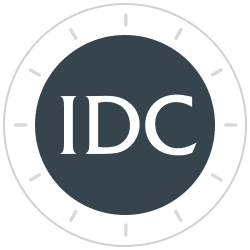IDC Financial Publishing
(IDCFP) utilizes the acronym CAMEL to represent the financial ratios used to evaluate the safety and soundness of commercial banks, savings institutions and credit unions. This article explains how we use liquidity as a component of our CAMEL rating, and why it is valuable and important to monitor.
Liquidity…
Keep Reading »
IDC Financial Publishing
(IDCFP) utilizes the acronym CAMEL to represent the financial ratios used to evaluate the safety and soundness of commercial banks, savings institutions and credit unions. In this article, we explain how IDCFP uses earnings returns as the “E” component of our CAMEL ranking, and why it is important…
Keep Reading »
IDC Financial Publishing
(IDCFP) utilizes the acronym CAMEL to represent the financial ratios used to evaluate the safety and soundness of commercial banks, savings institutions and credit unions. In this article we discuss margins as a measure of management, the “M” component of our CAMEL ranking, and why it is important…
Keep Reading »
IDC Financial Publishing
(IDCFP) uses the acronym CAMEL to represent the financial ratios we use to evaluate the safety and soundness of commercial banks, savings institutions and credit unions. This article explains how we measure adequacy of capital in banks and savings institutions as a component of our CAMEL ranking, and…
Keep Reading »
IDC Financial Publishing
(IDCFP) uses the acronym CAMEL to represent the financial ratios we use to evaluate the safety and soundness of commercial banks, savings institutions and credit unions. This article explains how we use the capital requirements ratios in banks and savings institutions as the “C” component of our CAMEL…
Keep Reading »
